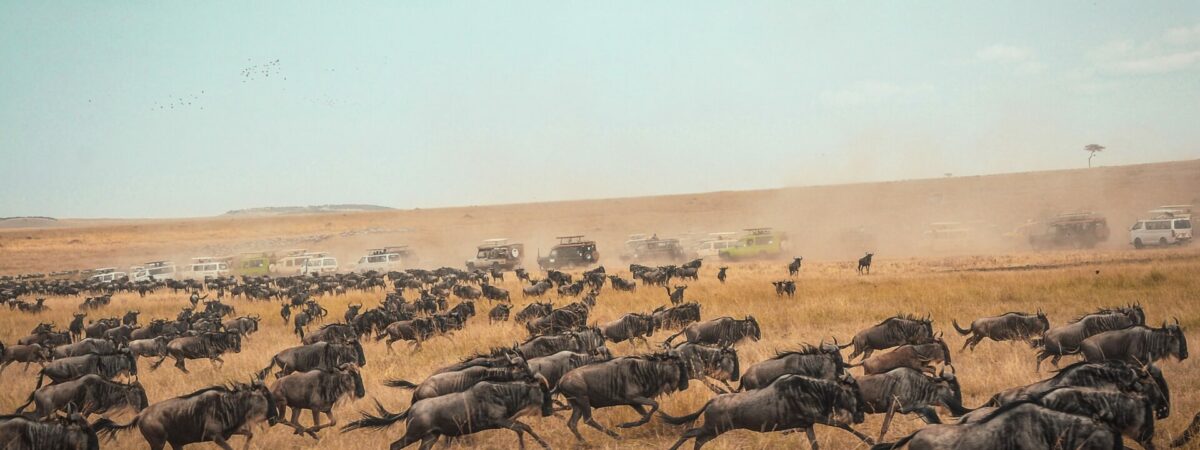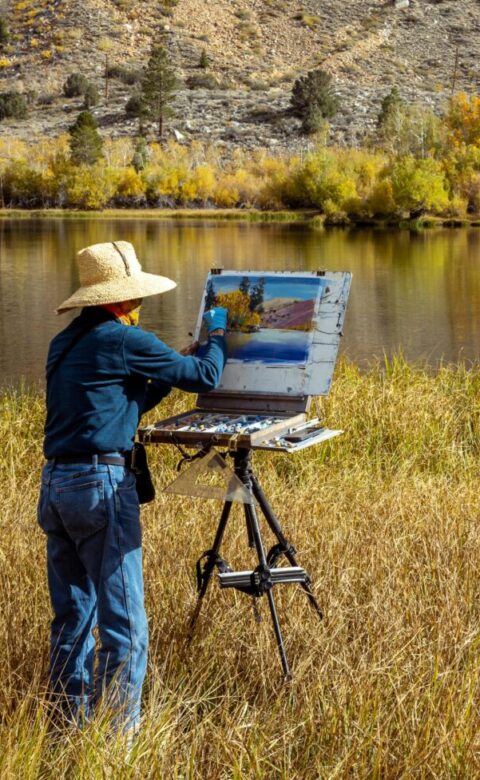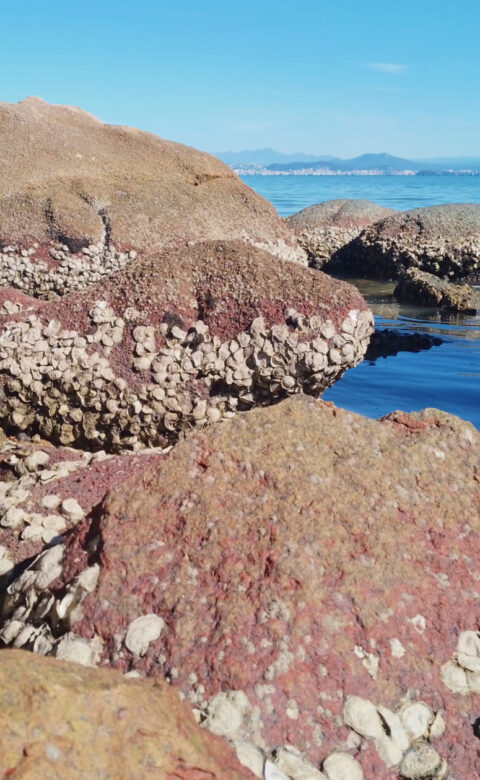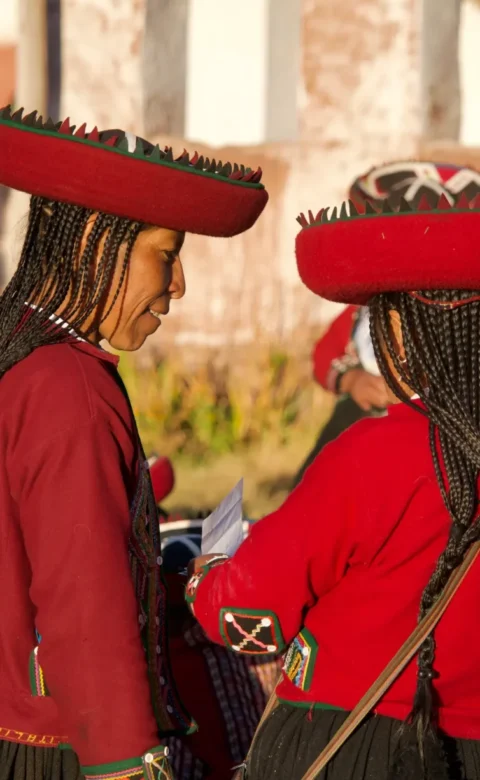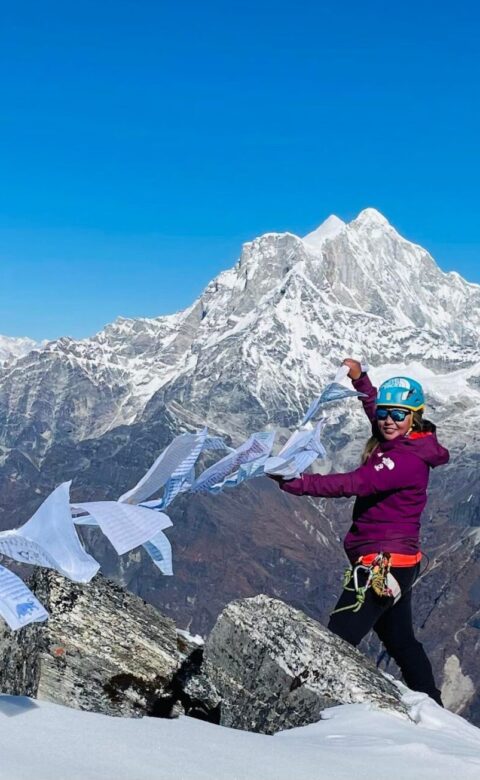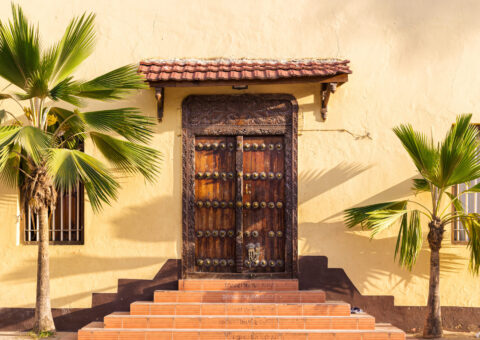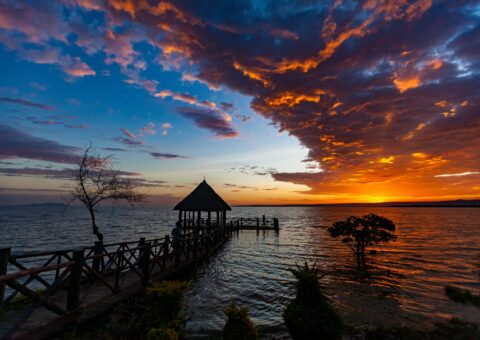Spanning from the Serengeti in Tanzania to the Maasai Mara in Kenya, the circular Great Migration path is an awe-inspiring display of biodiversity, but it is in grave danger. Those most attuned to the land — the Maasai tribe — are also the ones best equipped to save it.
The Great Migration in the Maasai Mara is one of the Seven New Wonders of the World. Every year, 1.5 million wildebeest, 400,000 zebras, 12,000 elands, and 300,000 Grant’s and Thomson’s gazelles make the 1,930-kilometre (1,200-mile) trek from Tanzania’s Serengeti near the Ngorongoro Conservation Area to Kenya’s Maasai Mara. Along the way, prey must maneuver treacherous paths and deadly predators including crocodiles, lions, cheetahs, and hyenas, which wait to stalk, hunt, and kill their next meal.
The “biggest mammal trek in the world” is a continuous, circular, year-round trek that wildlife make in search of fertile lands to mate and give birth. Its timing depends upon the animals, weather, and environment. When all the roles are played out in this monolithic migration of mammals, there is harmony in the greater ecosystem.
Unfortunately, this New Wonder of the World faces an imminent threat of extinction.
According to a 2015 research paper published by the Maasai Mara Science and Development Initiative, the Maasai Mara ecosystem faces increasing challenges that endanger the Great Migration and the Maasai people. These are clustered into four groups: climate change and land use challenges, ecosystem challenges, political and economic challenges, and human and cultural challenges.
Climate change has a direct correlation with wildlife and their migration paths, tourism, and water resources. Weather patterns are changing quickly, and seasons are becoming more unpredictable every year.
Meanwhile, population growth is impacting land use, tenure, and cover changes. While agricultural practices have expanded in the Maasai Mara, this has decreased the integrity of the ecosystem: Deforestation in Narok County, a declining water volume in the Mara River, and soil degradation are all urgent problems. Conflict between humans and wildlife results in disease transmission from wildlife to humans, livestock, and domestic animals. Poaching also results in biodiversity loss.
Politically, there are local governance issues related to inconsistent laws and policies, corruption, and conflicting regulations that strain available economic resources. Societal-related conflicts have resulted in a declining emphasis on cultural heritage, and this endangers Indigenous food, traditional medicine, art and crafts, and language. The Maasai tribe’s patriarchal society results in unequal power distribution and illiteracy within the community. There’s also a lack of community involvement and environmental education.
The changes impacting the Great Migration also impact the Maasai, nomadic pastoralists who move year-round throughout the migration range with their herds of livestock to graze. They once occupied the most fertile lands in Kenya, but relinquished 60% of their most productive and fruitful land via treaty in 1911 to white settlers and were forced to move to the Maasai Mara and Serengeti. Throughout the years, the Maasai have remained resilient against British colonialists and refused to conform and modernise, choosing instead to practice their traditional customs.
Given this, the Maasai are the last custodians of the Maasai Mara-Serengeti ecosystem and the best equipped and most appropriate people to preserve and conserve the environment.
This is where the Maasai Wilderness Conservation Trust comes in. Made up of professional conservationists and representative leaders from the Maasai community, the non-profit organisation is making serious strides to preserve and conserve this fragile part of the world. Focused on five pillars — conservation, education, health, livelihoods, and ecotourism — the Maasai Wilderness Conservation Trust carries out programmes that support the Maasai. This support is intended to assist them in restoring and improving their quality of life and help them create livelihoods for themselves in light of the many dire challenges facing their homeland.
The NGO’s conservation programme has decreased poaching by 26% since 2013 and contributed nearly $70,000 to conservation efforts. The education programme has supported more than 9,400 and built 11 structures. Additionally, the Trust supports five health centres and served nearly 34,000 patients in 2021.
A high-quality, diversified, grassroots-driven emphasis is integrated throughout the programmes. For example, the livelihoods programme’s well-rounded efforts include establishing women’s groups, training girls in coming-of-age rituals free of female genital mutilation (FGM), investing in seed harvesting, and working with vendors to sell jewelry abroad. Additionally, ecotourism is slowly and responsibly being developed, with low-capacity camps, environmentally sustainable infrastructure, and 95% of its staff from the local Maasai community.
The Maasai Mara ecosystem — and, therefore, the Great Migration — faces an uphill battle. Initiatives like those seeded by the Maasai Wilderness Conservation Trust are important for recognising the importance of the Indigenous community and empowering them in restoring this ecosystem. The Maasai are vital to the Great Migration’s future: Without them, this New Wonder of the World may cease to exist.

